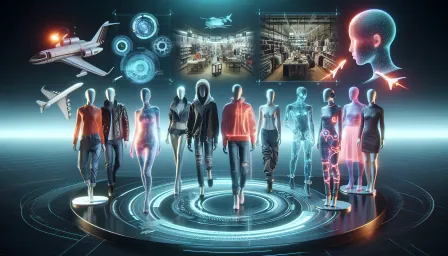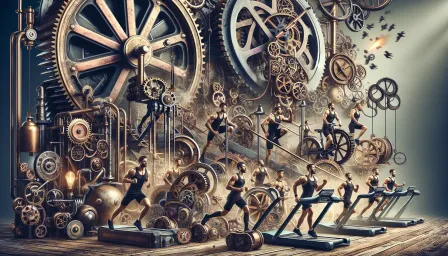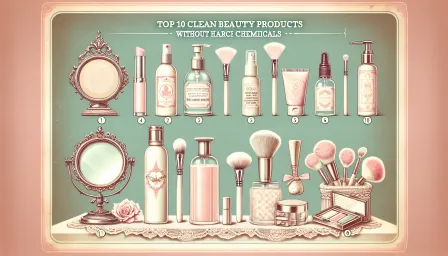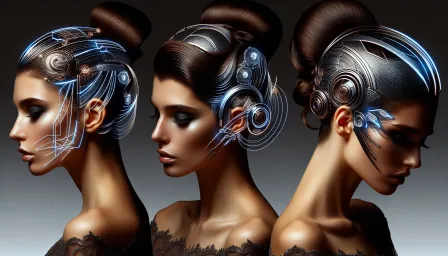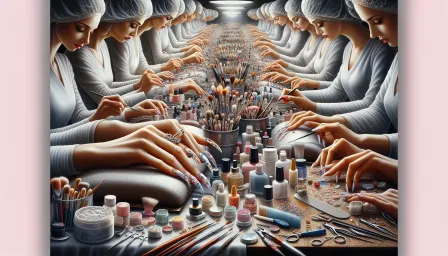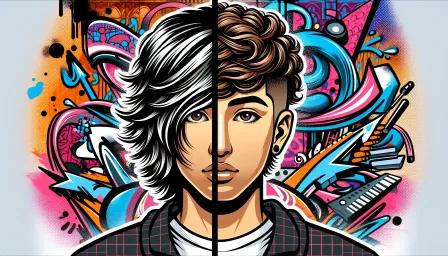Top 10 Fashion Industry Innovations Revolutionizing the Runway
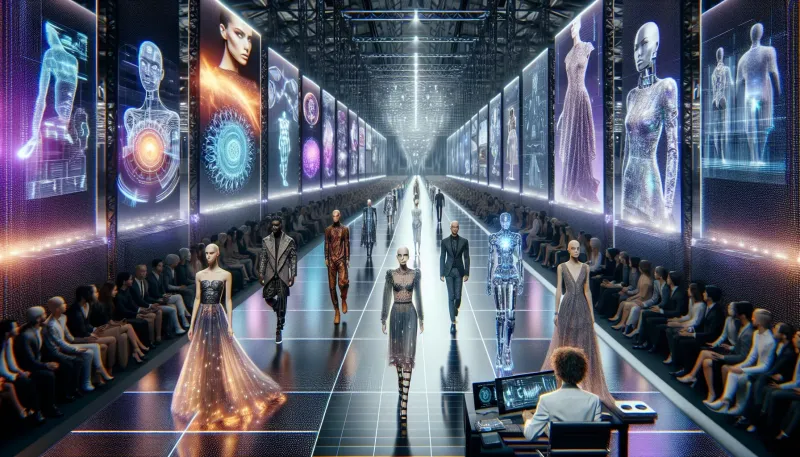
Discover the top 10 fashion industry innovations that are transforming the runway, shaping trends, and setting new standards.
The fashion industry is continually evolving, blending creativity with technology to revolutionize the way we perceive and engage with fashion. With groundbreaking fashion industry innovations, designers and brands are setting new standards and shaping the future of fashion. This article delves into the top 10 fashion industry innovations redefining the runway.
1. Sustainable Fashion
Sustainability has become a cornerstone of modern fashion. Brands are increasingly adopting eco-friendly practices, from using organic materials to implementing circular fashion models. Innovations in recycling processes, such as turning plastic waste into fabric, and the rise of ethical fashion labels are making sustainability stylish and mainstream.
2. Smart Textiles
Smart textiles, equipped with technology that can react to environmental stimuli, are transforming the garment industry. From temperature-regulating fabrics to textiles embedded with sensors that monitor physical performance, the integration of technology in clothing is enhancing both functionality and fashion.
3. 3D Printing
3D printing is a game-changer in fashion design and manufacturing. It allows for the creation of complex patterns and customized designs with precision and minimal waste. Designers are leveraging 3D printing to push the boundaries of creativity, producing wearable art that defies traditional manufacturing constraints.
4. Digital Runways
The COVID-19 pandemic accelerated the adoption of digital runways, where fashion shows are broadcast online, reaching global audiences. Virtual fashion shows not only reduce logistical costs but also enhance accessibility and engagement, allowing brands to connect with consumers in innovative ways.
5. Virtual and Augmented Reality
Virtual Reality (VR) and Augmented Reality (AR) are creating immersive fashion experiences. Whether it's virtual fitting rooms or AR-enabled shopping experiences, these technologies allow consumers to interact with fashion in a personalized and engaging manner, bridging the gap between online and offline shopping.
6. Artificial Intelligence and Machine Learning
Artificial Intelligence (AI) and Machine Learning (ML) are streamlining various aspects of the fashion industry, from design to sales. AI-powered tools can analyze trends, predict consumer preferences, and optimize supply chains, enabling brands to make data-driven decisions and enhance customer satisfaction.
7. Digital Fashion Design
Digital fashion design tools, such as CLO3D and Marvelous Designer, allow designers to create virtual prototypes of garments. These tools enhance the design process by providing realistic simulations of how clothes will look and fit, reducing the need for physical samples and accelerating product development.
8. Blockchain Technology
Blockchain technology is enhancing transparency and traceability in the fashion supply chain. By recording transactions on an immutable ledger, blockchain helps verify the authenticity of luxury goods, combat counterfeiting, and ensure ethical sourcing practices, thereby building consumer trust.
9. Biodegradable Materials
Innovations in biodegradable materials are addressing the environmental impact of fashion. Biodegradable textiles, such as fabrics made from mushroom leather or algae, decompose naturally, reducing landfill waste. These materials offer eco-friendly alternatives without compromising on quality or aesthetics.
10. Customization and Personalization
Advancements in technology are enabling brands to offer customizable and personalized fashion experiences. From made-to-measure clothing to personalized styling recommendations, customization allows consumers to express their individuality and ensures a perfect fit, enhancing overall customer satisfaction.
Conclusion
The fashion industry innovations outlined in this article are not only revolutionizing the runway but also reshaping how fashion is created, marketed, and consumed. As technology continues to advance, the possibilities for innovation in fashion are limitless. By staying abreast of these trends, designers and brands can stay ahead of the curve, delivering cutting-edge fashion that resonates with modern consumers.










